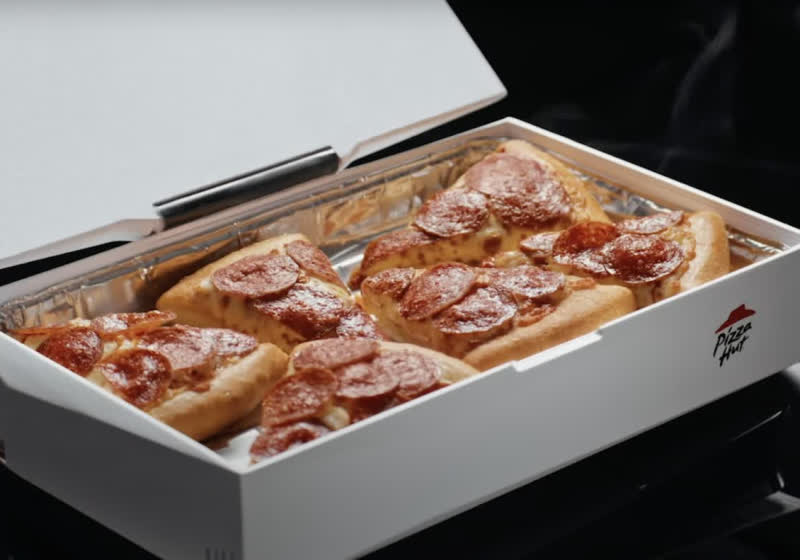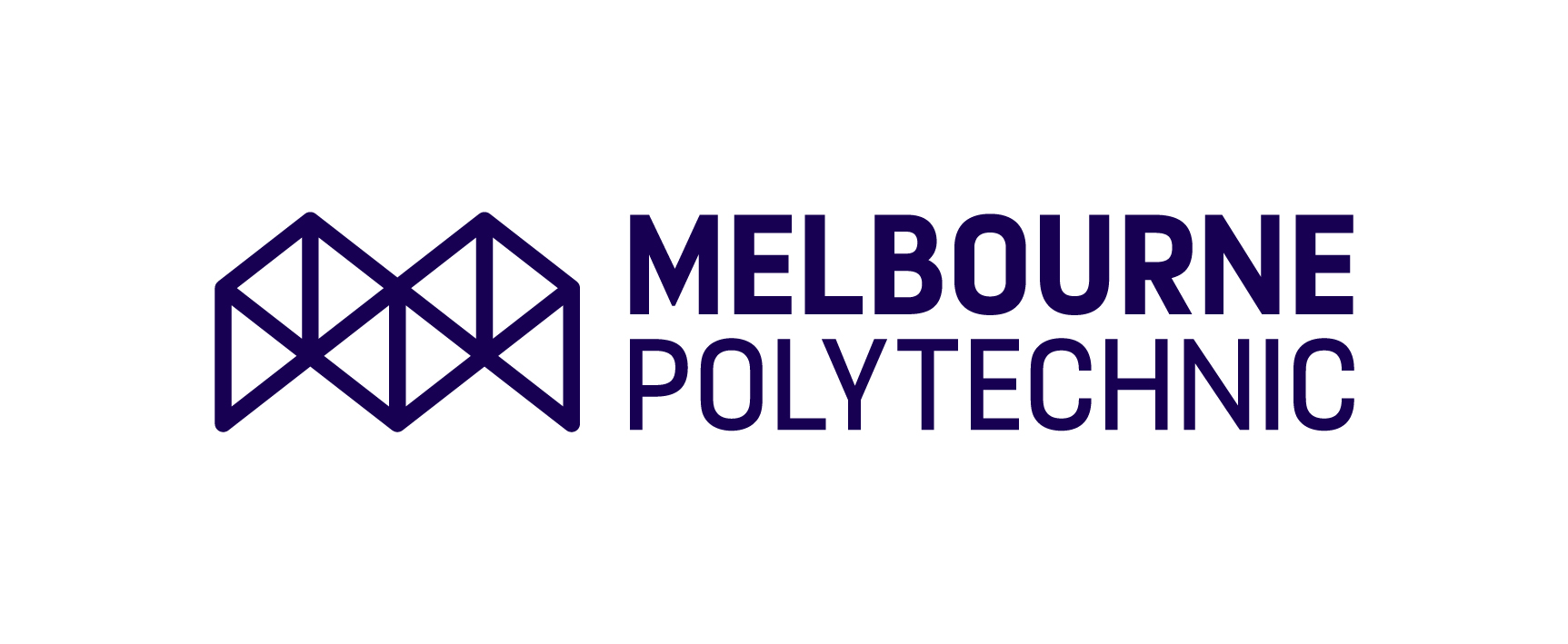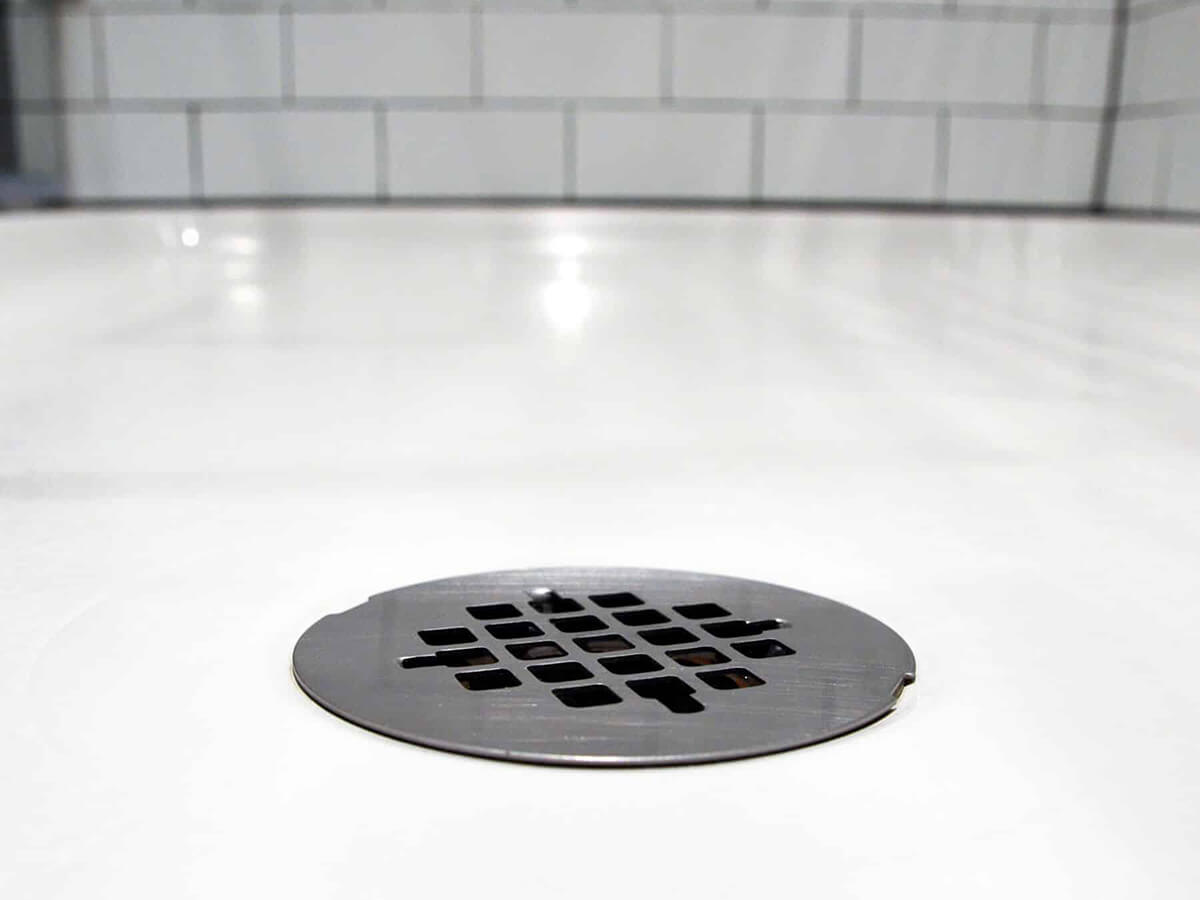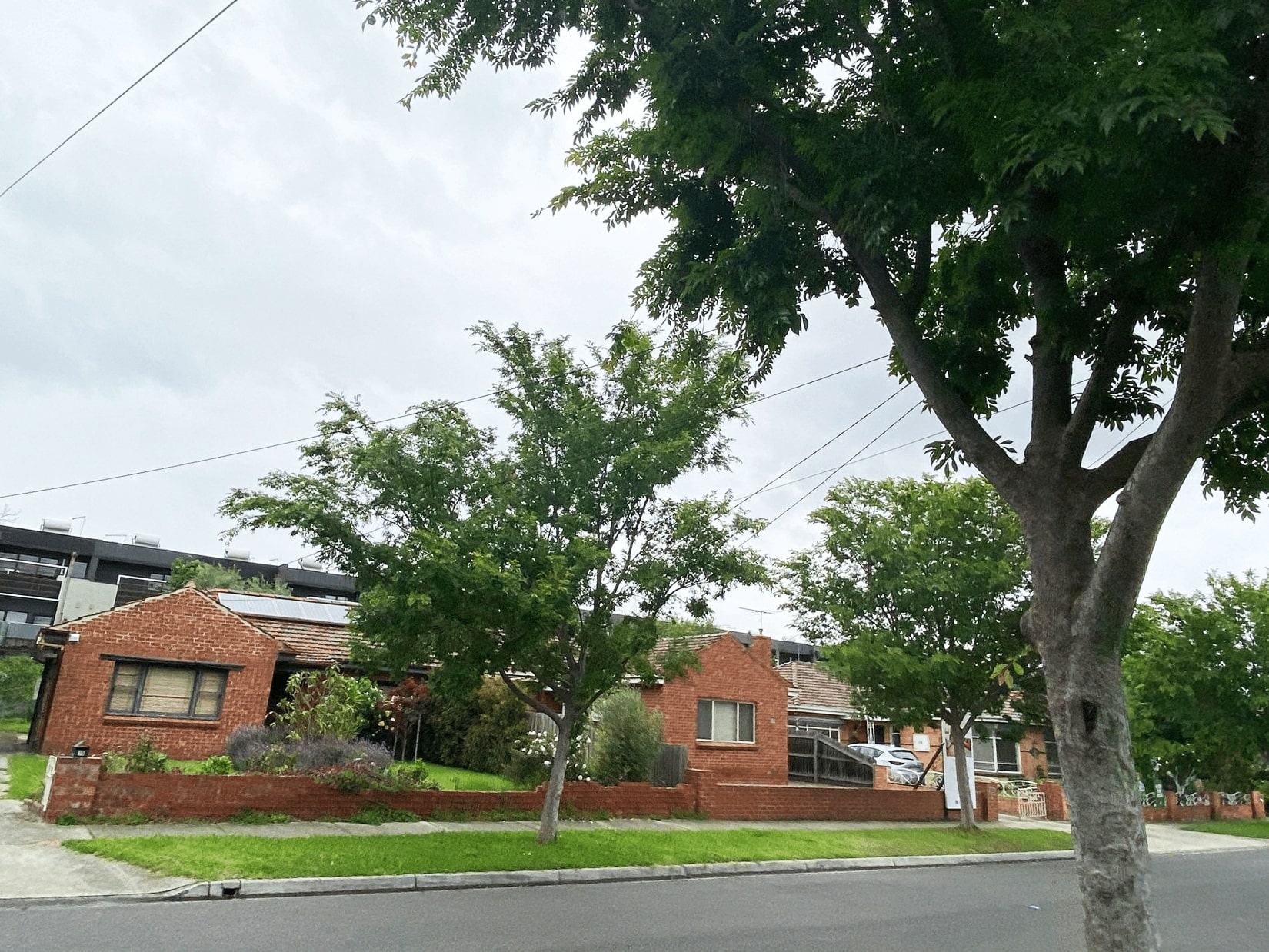Heat Pumps Are A Hot Topic Heat Pumps are a hot topic these days, but as they are very new, you may be a little lost. There are many incentives out there at the moment, to make the change...
Heat Pumps Are A Hot Topic

Heat Pumps are a hot topic these days, but as they are very new, you may be a little lost.
There are many incentives out there at the moment, to make the change towards upgrading your energy resources and appliances to much more sustainable choices.
This has led Heat Pumps to gain popularity due to their energy efficiency in heating water for your home. To help you better understand what a Heat Pump does and how you can make the most valuable choice, read on.
What Is A Heat Pump?
The most sought-after type of heat pump for small-scale residential and commercial energy consumers is an Air-Powered Heat Pump.
Heat pumps are modern hot water systems engineered to utilise renewable energy as much as possible.
They only work when required and use around a third of the amount of energy as regular hot water units.
This massive reduction in energy usage, plus the massive financial incentive has enabled many people to rethink their relationship to their everyday resources and to begin making more energy-efficient choices.
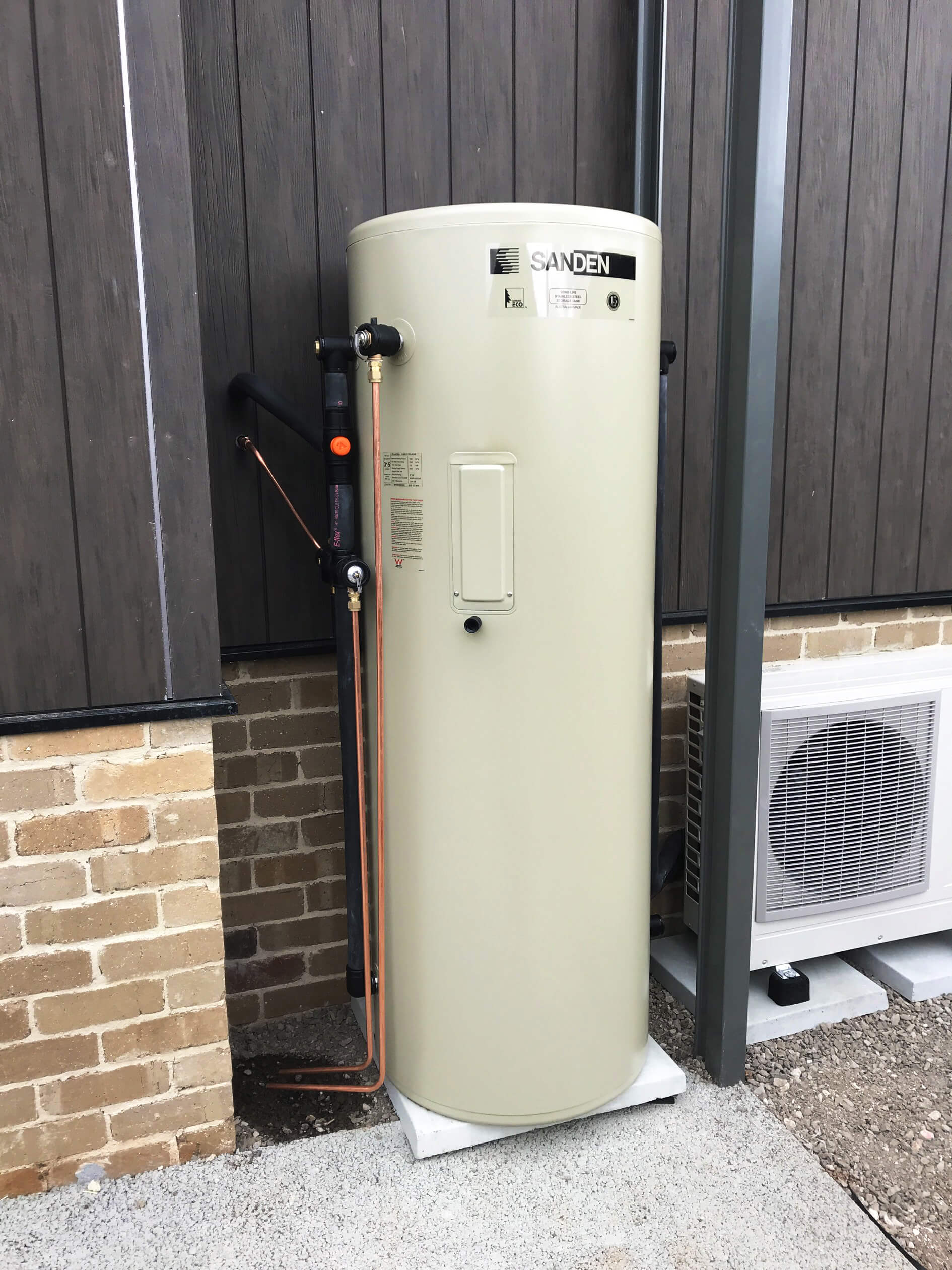

Why Choose A Heat Pump?
The Renewable Energy (Electricity) Amendment Bill 2015, was passed by The Australian Parliament in June 2015, as a way to help reach a target to reduce carbon emissions in the environment by investing in renewable energy.
Following the passing of the bill, ‘Australia’s Renewable Energy Target’ was initiated and it included the ‘Small-Scale Renewable Energy Scheme.’
Renewable electricity has been recognised as one of the most overall cost-saving and environmentally sound forms of energy for modern households. This scheme provides a huge financial incentive for individuals and small-scale businesses to invest in switching their current energy with solar, wind and hydro replacements.
How The Heat Pump Uses Energy to Heat Water?
Liquid And Gas Chemistry
The molecules in cold liquids have a much higher density than warmer liquids, so cold water will sink to the bottom, leaving the less dense warmer liquids to stay on top.
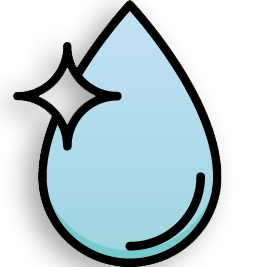
When the quantity of liquid increases in an environment, but the environment remains the same size, the liquid is then put under so much pressure that it becomes ‘highly pressurised’, and turns into a gas.
When the quantity of gas keeps increasing and the environment stays the same size, the gas starts to become ‘highly pressurised’, and it starts to create more and more heat.
Technology And Energy
An electricity-powered fan on the heat pump draws in air from outside the Heat Pump.
The air extracted from the fan then kick starts the whole process of heating the pipes that heat the water stored in the unit.
The fan-extracted air or ‘thermal energy’ enters the evaporator to heat up the evaporator coils. They are made from easily heatable metals so they are able to quickly absorb heat. They may look like the ones you see at the back of your fridge. The evaporator coils are now able to conduct a heated environment.
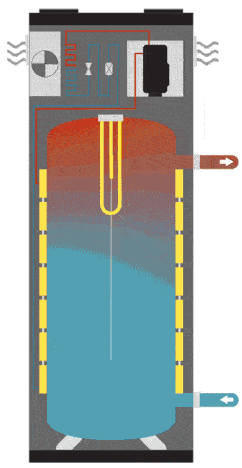
Expansion valves are situated at the opening of each section inside the heat pump. They can control the volume of the gas and liquids as they move through each stage of the heat pump process.
The evaporator lets in a special refrigerant in liquid form through an expansion valve. As the pressure builds up, the liquid refrigerant heats up and turns into gas refrigerant. Now it is ready to move on to the next stage of the heating process.
The compressor functions to create a highly pressurised environment to alter the state of matter, such a liquid and gas. As the compressor lets in more and more refrigerant gas, the build-up of pressure begins to heat up the gas within the compressor.
The compressor uses a system called ‘positive displacement compression’ which means that MORE can be made from less. Instead of just converting ‘work’ or ‘mechanical energy’ into heat, the same amount of work can also create additional heat or ‘thermal energy’.
Once the need for hot water has run its course, per se, the hot refrigerant can be reused. The heat exchanger releases the hot gas through an expansion valve that reduces the pressure on the refrigerant gas that changes it back into a liquid refrigerant. This is how the Heat Pump can continue to heat water and start the process again.
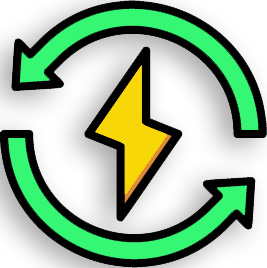
Now that the refrigerant gas is really, really hot, it is released through to the condenser, otherwise known as a ‘heat exchanger’. The heat exchanger system provides the heat that can now warm up the water!
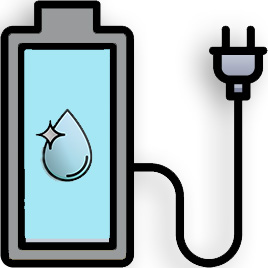
The Water Storage Compartment
There are two styles of Heat Pumps, however they both store water in a compartment the same way.
Cold water enters the bottom of the water storage compartment and leaves as hot water through an outlet at the top of the heat pump cylinder. Hot liquids always sit on top of colder liquids due to the liquid’s molecular structure of changing at different temperatures.
That once cold water is now ready to be sent through to the taps! Now you can wash, clean and cook with your beautiful hot water!
What Are The Types of Air-Powered Heat Pumps?
Integrated Heat Pump
The Heat Pump cylinder contains both the water storage compartment and the heat pump system. The hot refrigerant gas is released from the heat exchanger and into the space around the water storage compartment, creating the conditions to heat the water.
Split-System Heat Pump
The Heat Pump cylinder contains the water storage compartment, yet the heat pump system is a separate unit. Cold water enters the Heat Pump unit from the cylinder, and the heat exchanger releases the hot refrigerant gas through all the copper pipes lining the interior of the Heat Pump unit. The hot gas begins to heat the cold water as it passes upwards through the unit. The now hot water is then released back into the water storage compartment, but this time, into the top of the Heat Pump cylinder where the outlet is.

What Are Some Considerations?
If heat pumps are seeming almost too good to be true, you are correct! To ensure that you get the most out of your heat pump system, make sure to read on!
Solid Foundations
The Integrated Heat Pump should be installed onto a solid foundation, such as a concrete paver.
It is very heavy and it will need a solid foundation. We do NOT recommend installing a water tank on a trestle table!
The Split System Heat Pump cylinder can be installed indoors only if the Heat Pump unit is installed outside where it has enough space for good ventilation and air flow.
Clearance
Heat Pumps require a certain amount of clearance around them for the fan to operate efficiently. In most cases they don’t easily fit down the side area of a house. It needs to be more in an open backyard area.
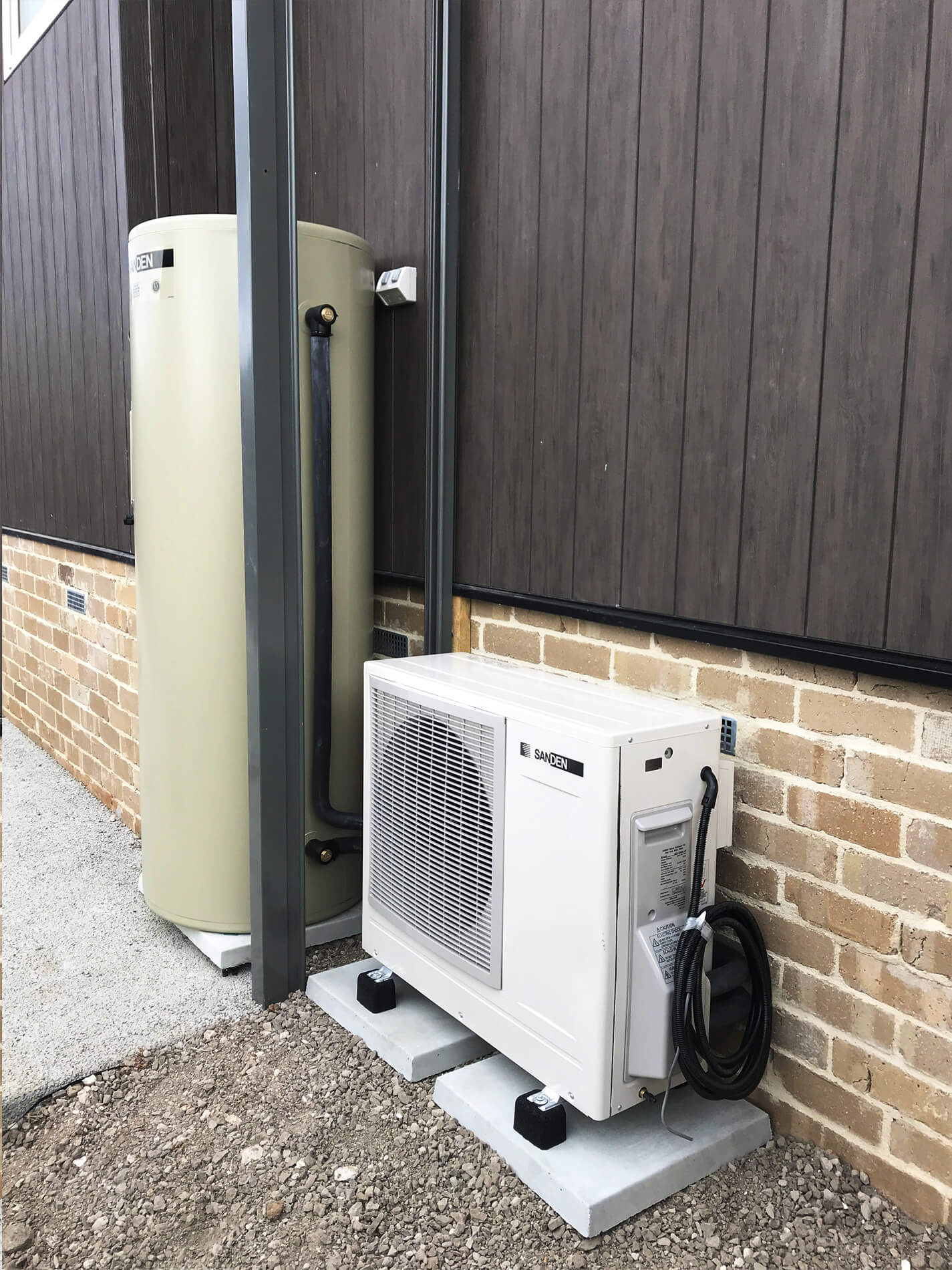
Energy
Heat pumps need some energy to get started, however they require far less energy than a regular hot electric hot water unit!

A licensed electrician will need to create an individual circuit on the property’s powerboard. If you connect this large appliance to the wrong circuit, you could risk blowing the safety switch and shutting off all the power! Just like what happens when you’re boiling the kettle, using the toaster, and the blender and a space-heater at the same time.
Solar panels provide an excellent source of renewable energy, however their benefits are at the mercy of the weather and where they’re situated. That is why solar panel Heat Pumps also have either an electrical or gas energy boosters, as a backup.
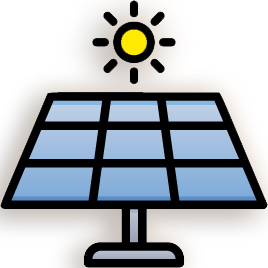
Noise
Take into account the noise a fridge makes throughout the night. The Heat Pump can make a bit of noise due to the condenser and a fan. Some Heat Pumps can be programmed to turn on and off at different times, however it will always depend on how much water is needed at a time. The fans may make enough noise to be disruptive if it’s near a bedroom or study.
Alternatives
If you discover that your property can’t offer the requirements for a Heat Pump to be installed, but you still want to make the switch to a sustainable option, it is still possible.
Sustainable Choices
Continuous flow gas hot water units are fantastic for gas heated hot water, because they only heat water as you need it.
If you only have the option to install an electric heated hot water unit, you can upgrade to a Twin-Element hot water system. It will heat the water during an off-peak rate over night, and you can look into adding solar panels to the property.
Read on for more information about energy-efficient hot water unit alternatives.
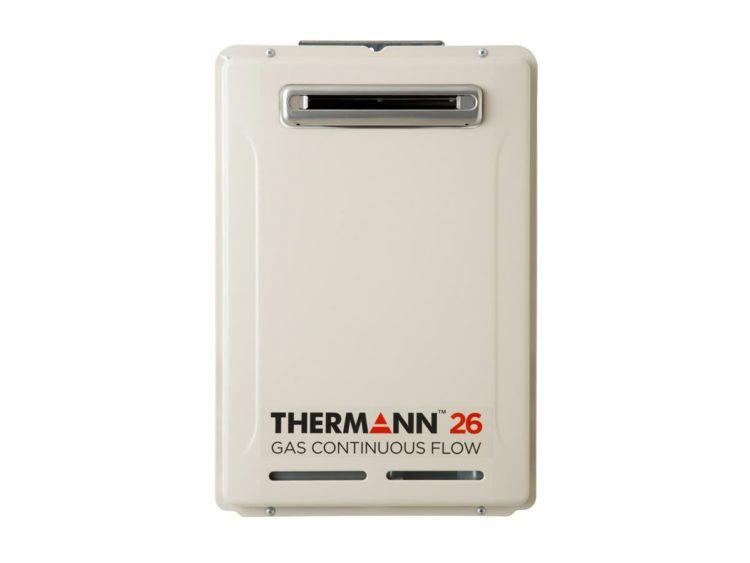
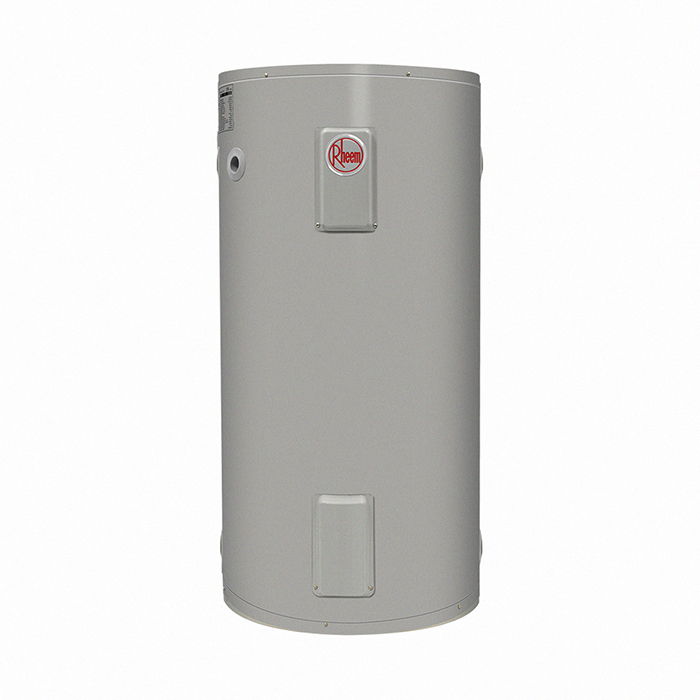
Leading Brands
Thermann, Rheem and Rinnai are all leading plumbing brands that supply a diverse range of hot water units including Heat Pumps, Continuous Flow Units, Solar Hot Water Units and many more.
Read on for more information about each of the leading manufacturers' range, by clicking on each of the brands here:
What to do now?
Contact your local plumber to assess all your options in upgrading your current hot water unit with a heat pump.
Check for your eligibility for a rebate and discover how to apply.
Start thinking more about renewable energy.
For all plumbing jobs, including upkeeps and uplifts, call Expert Plumbing & Gas Services, for a friendly and qualified plumber!
Animated images of the Heat Pump Hybrid and Heat Pump Split System courtesy of the official Thermann website.
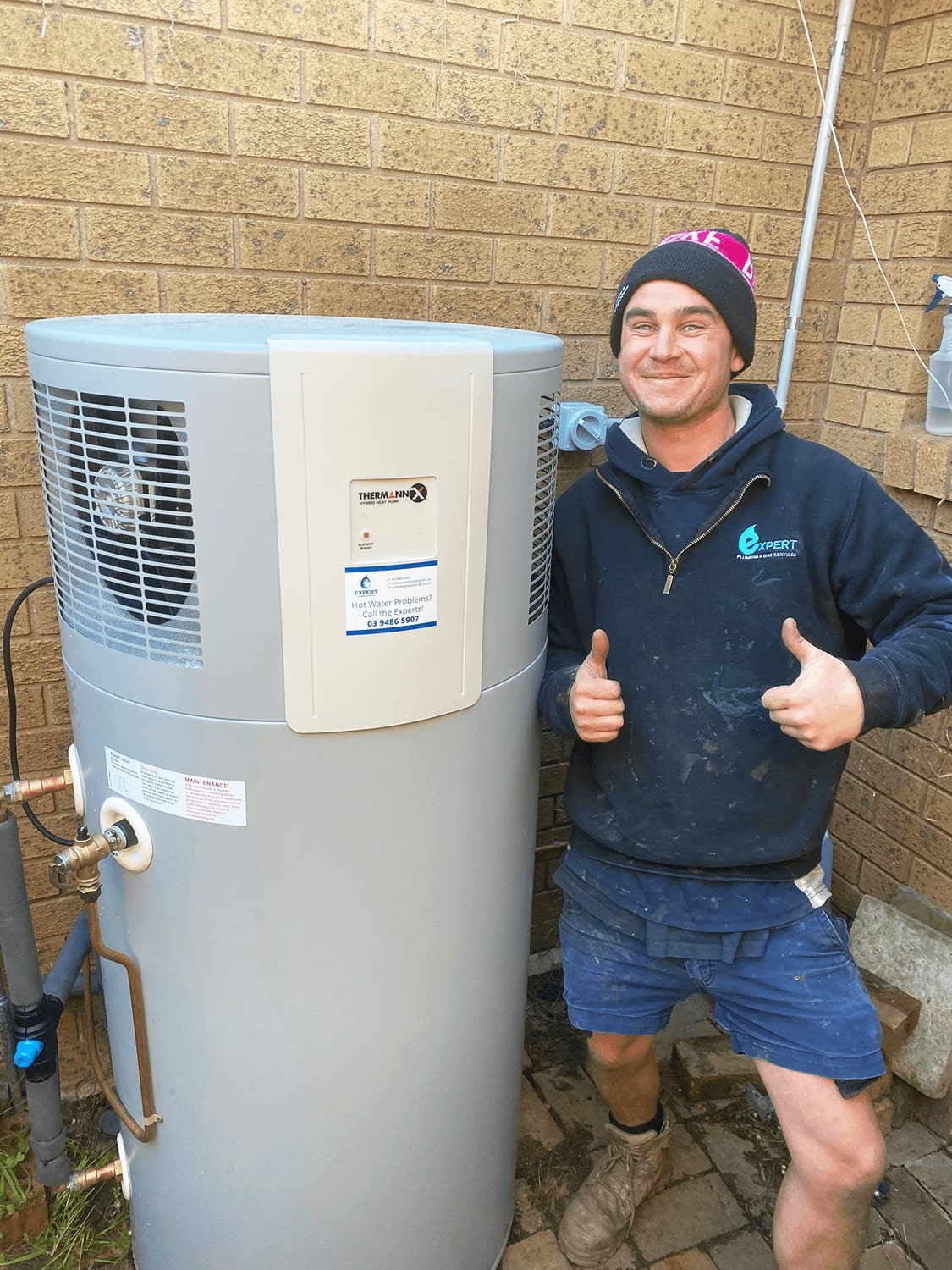
The post Heat Pumps Are A Hot Topic appeared first on Expert Plumbing & Gas Services.




